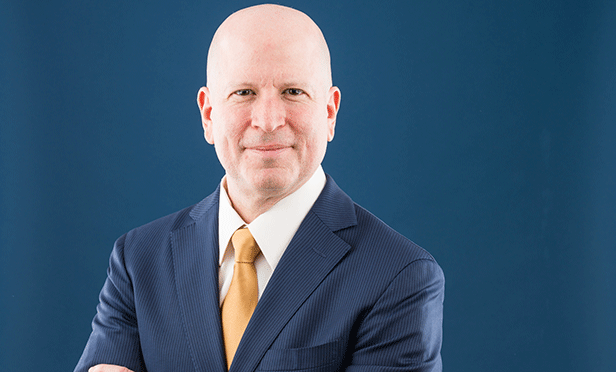For more on this story and stories on distress, visit Distressed Assets Investor.
NEW YORK CITY—More than $700 million worth of industrial properties fell into trouble in February, increasing the total outstanding distress to $6.8 billion by the end of March, according to the latest Real Capital Analytics figures. Workout activity of just $58 million did little to offset the second largest monthly increase this cycle in distress inventory for industrial property.
But the sector is still faring considerably better than other asset classes—with office, retail, apartment and hotels posting distress figures between $25 billion and $33 billion. What's more, industrial accounts for only around 5% of outstanding CMBS balances. The sector's strength is due largely to a lack of hot money in the market during real estate's mid-2000s heyday and a willingness to work through troubled loans. But it's also left investors cooling their heels on the curb with few purchasing prospects.
Even February's jump in troubled assets is partially due to the addition of two $100-million portfolios to the distressed inventory—a 12-property portfolio in the Midwest, which is owned by a joint venture between the Mirvac Group and James Fielding Funds Management, and a second six-property, Kirkman Kennedy Edgewater-controlled bundle in Orlando and Memphis.
"Most of the trouble that is currently in industrial property is connected to economic factors such as lost tenants rather than actual debt," says New York City-based RCA's senior market analyst Ben Thypin, who believes that industrial will continue to stay on the low end in terms of distress.
The fundamentals are better for industrial, agrees Conrad Andersen, EVP and managing director of financial services assets management at Grubb & Ellis Co. in Newport Beach, CA. "Although the port business has been impacted, most industrial product is located in key submarkets where there wasn't oversupply," he says, adding that the vacancy factor, pre-downturn, was in the single-digits and in some cases as low as 1%.
Unlike office, industrial investors were not accumulating trophy properties and then flipping them into a large portfolio. "Industrial buildings are often more prosaic," says Thomas A. Fink, managing director of New York City-based commercial mortgage research provider Trepp. "These properties do not tend to be trophy buildings. There are only so many people in the world who get excited about 30-foot versus 35-foot clear heights."
But that is not to say there is no stress in the market...
Want to continue reading?
Become a Free ALM Digital Reader.
Once you are an ALM Digital Member, you’ll receive:
- Breaking commercial real estate news and analysis, on-site and via our newsletters and custom alerts
- Educational webcasts, white papers, and ebooks from industry thought leaders
- Critical coverage of the property casualty insurance and financial advisory markets on our other ALM sites, PropertyCasualty360 and ThinkAdvisor
Already have an account? Sign In Now
*May exclude premium content© 2024 ALM Global, LLC, All Rights Reserved. Request academic re-use from www.copyright.com. All other uses, submit a request to [email protected]. For more information visit Asset & Logo Licensing.








